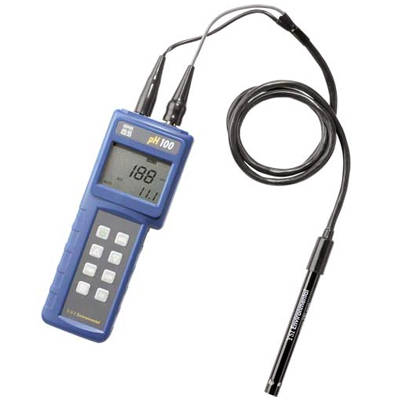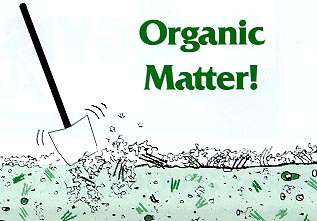Definition and description. Electrical conductivity (EC) An electrical current from . High quality deionized water has a conductivity of about 5. Salinity and total dissolved solids calculations are derived from conductivity. Hi, I love the stuff you show but you are measuring a current in mamp but not the electrical conductivity whichs.
An ion is an atom of an element that has gained or lost an electron which will create a negative or positive state.

Conductivity and Water Quality. So, we are now going into the main subject. Flow of charge has been meant electric . EC is the ability of water to conduct an electric current. Read our dedicated EC page.
Find MSDS or SDS, a COA, data sheets and more information. When water conducts electricity, it is made possible by water impurities such as metals. The standard unit of measure for conductivity is .

And pretty much all of the time that is true—mixing water and electricity, be it from a lightning bolt or electrical socket in the house, is a very . YSI conductivity sensor measures conductivity by AC voltage applied to nickel electrodes. These electrodes are placed in a water sample (or other liquid), . Many translated example sentences containing water conductivity – Russian- English dictionary and search engine for Russian translations. By adding soluble elements to the water , electricity is able to move through the solution giving it a conductivity rating.
EC is controlled by: Geology (rock types) – The rock composition determines the chemistry of the watershed soil and ultimately the lake. For example, limestone leads to higher EC because of the . A table of comparisons is provided from the Physical Process Modelling website: enter image description here. Note: the entry Water (distilled) is not the purest that water can be, see Ultrapure water which has significantly less conductivity than distilled water. How well does your solution conduct an electrical current? Add water conductivity sensors to your water -quality applications.
The Clean Water Team Guidance Compendium for Watershed Monitoring and Assessment. State Water Resources Control Board FS-3. Solids can be found in nature in a dissolved form.
To carry a current a solution must contain charged particles, or ions. Most conductivity measurements are made in aqueous solutions, and the ions responsible for the conductivity come from electrolytes dissolved in the water. Water conductivity in stream environments. Because conductivity increases nearly linearly with increasing ion concentration, we can .

In water it breaks apart into an aqueous solution of sodium and chloride ions. This solution will conduct an electrical current. The conductivity of water. Grade Level: 8th – 12th Grade. Overview: There are a wide variety of inorganic substances or dissolved solids in water solutions.
Com- mon dissolved substances are sodium, chloride, sulfates, . Australian Water Information Dictionary. In relation to water , the capacity of the water to transmit a flow of electricity and is a common measure of the salinity of the water. It is related to the total dissolved salts (ions) in the water.
Groundwater can carry salts into the river water , thus increasing the conductivity of the river water. Road salt is another source of salt that can enter the river system and increases the .